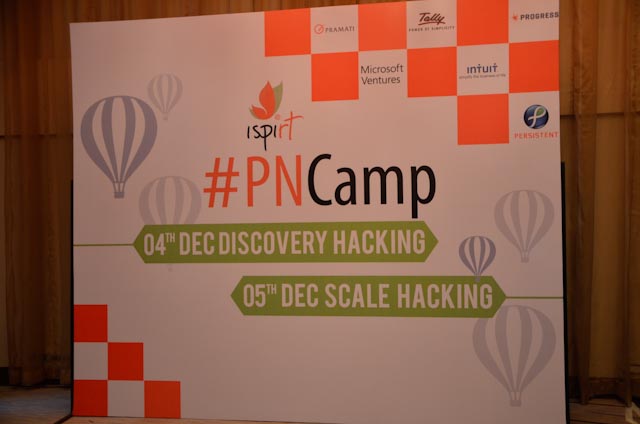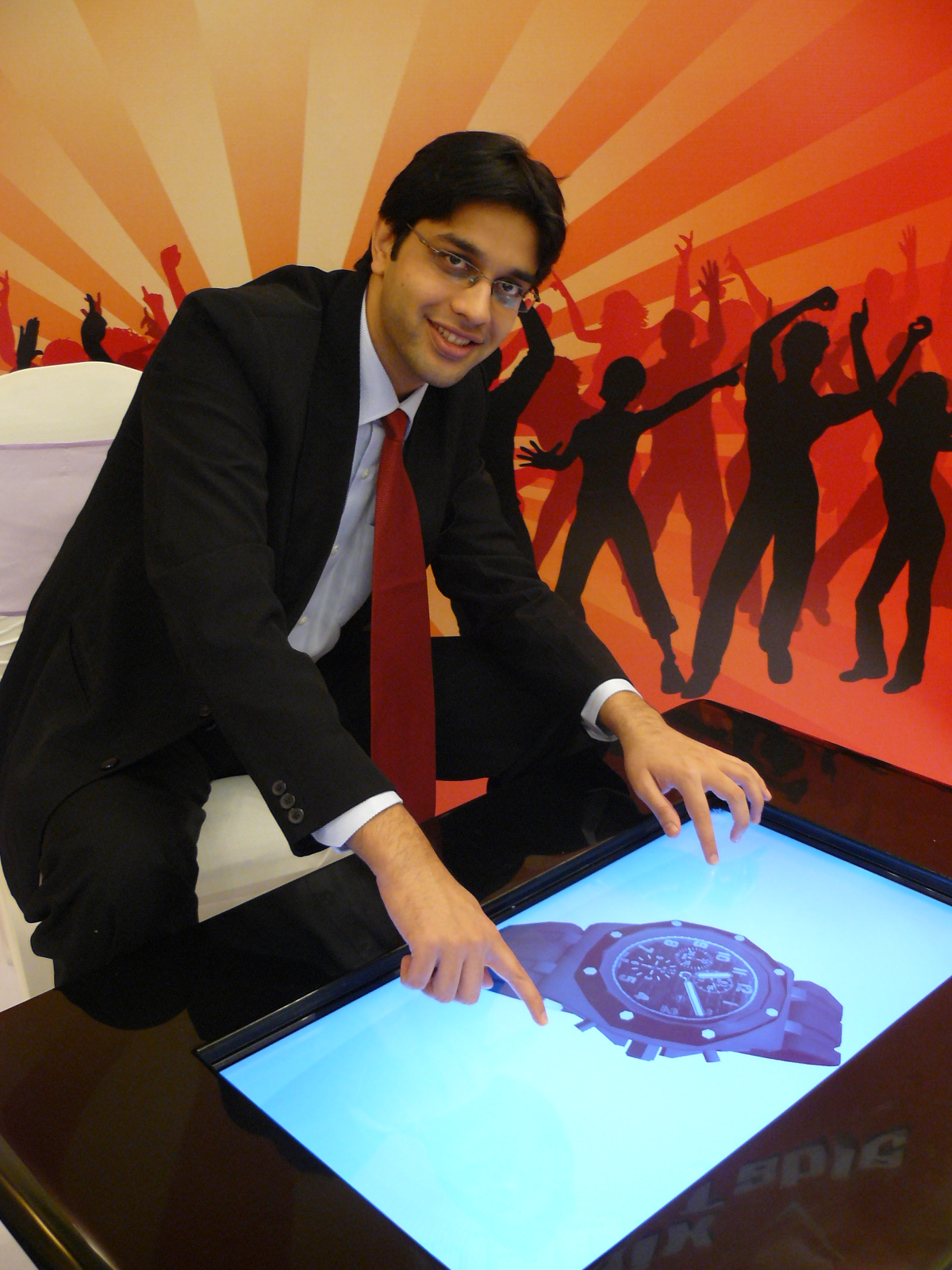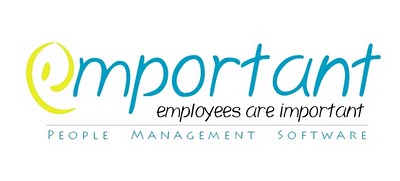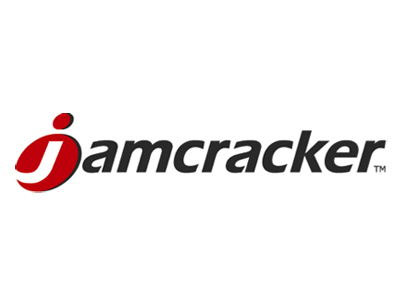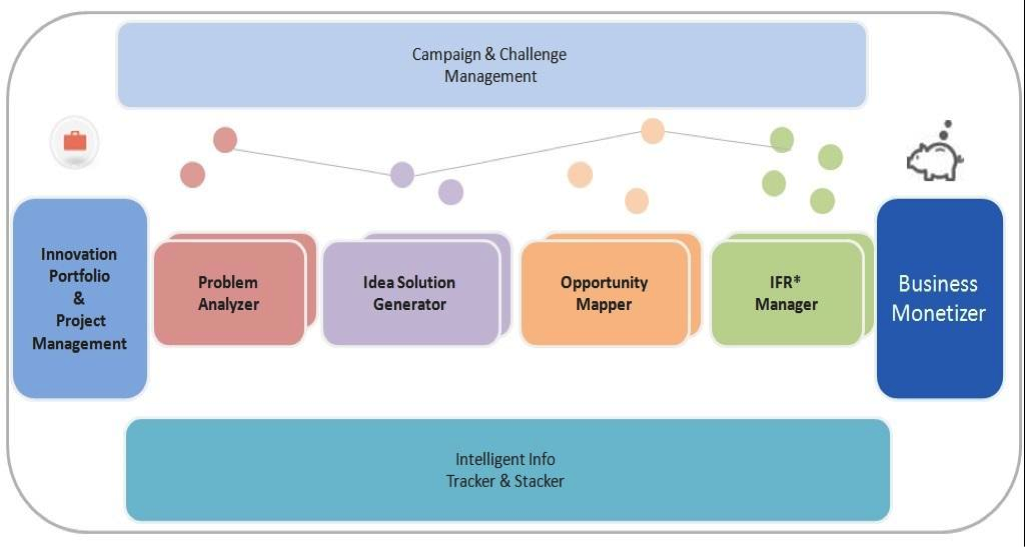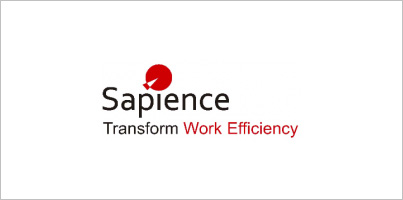Infinite Analytics is a predictive marketing and analytics company set up in 2012, by two MIT (Massachusetts Institute of Technology) graduates, Akash Bhatia and Purushotham Botla. The company has built a real-time personalization platform that learns and predicts by utilizing all available data to match a customer to a product or service. In an interview with ProductNation.com, co-founder Akash Bhatia talks about his innovative offering and predicts “there will be a big shake out in the data analytics space”.
Tell us about Infinite Analytics. How and when it was started and its mission?
 The mission of Infinite Analytics is to “Make Sense of Data”. Infinite Analytics was started by my co-founder, Puru Botla and I, at MIT, in a class taught by Sir Tim Berners-Lee, the inventor of the World Wide Web. We were working on one of the best projects in the class, and we decided to take it from a class project to a startup.
The mission of Infinite Analytics is to “Make Sense of Data”. Infinite Analytics was started by my co-founder, Puru Botla and I, at MIT, in a class taught by Sir Tim Berners-Lee, the inventor of the World Wide Web. We were working on one of the best projects in the class, and we decided to take it from a class project to a startup.
After graduating in 2012 we pursued this earnestly. Puru left his day job at Fidelity to focus full time on the start up, and I never took up a job or went back to my earlier start up – KyaZoonga.
Infinite Analytics has now evolved from our beach-head market of e-commerce to even offline retail. We are only an 11 people strong company – lean, efficient, and extremely committed to our mission. We have a very strong advisory team in Sir Tim Berners-Lee, Deb Roy – Chief Media Scientist at Twitter and Erik Brynjolfsson, the guru of Big Data Analytics.
What are the emerging trends in big data and social data analytics worldwide, and in India?
Analytics is going to drive decision-making in every organization and function. With so much data being generated every single day, organizations are already beginning to understand the enormity of being able to use this data effectively – to use clustering, predictive analytics and even AI to improve CRM, increase revenues, optimize supply chain and inventory planning, etc. And this is just in retail/e-commerce. We haven’t even begun talking about how big data analytics is being useful in healthcare applications.
There will be a big shake out in the data analytics space. Companies that pretend to be Big Data Analytics firms, but in reality are nothing more than listening tools are in for a reality check.
“Startup of the Year” at the etales 2015 awards in partnership with Ernst & Young
Infinite Analytics recently won the “Startup of the Year” Award at the eTales 2015, which was organized by eTailing India.
This award recognizes innovative start-ups which offer an innovative product or service, or those that are using an exciting new approach to improving or disrupt a traditional market. The jury included the Managing Director of Facebook India and CMOs of eminent firms in Retail & e-Commerce.
About Social Data Analytics, much has been said about its usefulness. Eventually, that’s one place online where a lot of people let down their guards and interact with people. If you consider traditional market research, surveys are generally the way research is done. A sample set of people are asked a bunch of questions and their responses are then extrapolated to reflect a larger audience.
 Also, in a country like India, how can a small sample set represent the vast and diverse nation that we are? And it’s only now that this data exists digitally. Social Data Analytics is the ability to analyze this data, both at a macro and micro level, to uncover trends and patterns that traditional market research does not. But that does not mean just listening to conversations in social media constitutes Social Data Analytics. Just using packaged sentiment analysis toolkits to understand positive or negative conversations does not constitute Social Data Analytics.
Also, in a country like India, how can a small sample set represent the vast and diverse nation that we are? And it’s only now that this data exists digitally. Social Data Analytics is the ability to analyze this data, both at a macro and micro level, to uncover trends and patterns that traditional market research does not. But that does not mean just listening to conversations in social media constitutes Social Data Analytics. Just using packaged sentiment analysis toolkits to understand positive or negative conversations does not constitute Social Data Analytics.
Infinite Analytics is at the cutting edge of analyzing social data, amongst other data sources. We use the latest NLP (Neuro-Linguistic Programming) techniques, Semantic Technologies and Predictive Modeling to come up with various inferences about consumers.
Using predictive analytics, how effectively does this help transform e-commerce business performance?
For example, if you can understand what colors the user likes, what patterns the user prefers, or what her / his spending potential is –imagine what that knowledge in real time can unleash for you as an e-commerce site. You will be able to personalize the experience for each and every consumer, allowing them to discover products or even nudging them to products they might like, just like someone at a shop might be able to do.
Predictive Analytics does just that. It helps e-commerce sites unleash the power of their customer data to increase Average Order Value, Conversions, improve product discovery and even get back lost customers.
What are the core features of your analytics offering? Do you offer it as a software product or service?
Our product is more like Predictive Analytics-as-a-service. The core features of our analytics offering are:
- Semantic Ontology –The Infinite Analytics team has developed a proprietary semantic ontology that allows us to understand relationships between various data points. We are able to process Product Catalogs where none exist, to come up with relationships between products.
- Predictive Analytics – Our predictive algorithms are constantly updated with newer and newer models, as and when we update new data sources. This allows constantly refreshing and relooking the way we predict and optimize our models.
- Data Sources – We are data hogs. We consume data like a Hummer consumes Gasoline. We will take in data from any intelligent source. For example, we will use Macroeconomic data, Stock Indexes, Social Data, Electoral Rolls, along with the traditional sources of data like transactional data and clickstream data to predict and personalize the user experience for both, an online user and also an offline customer
- Extensibility – Our product is extremely extensible.
For media and content – Let’s take the example of Netflix. Netflix first started using customer media habits to recommend top movies and shows. That led them to declare that almost 70% of their revenues came from these recommendations.
For travel – Uber and its Surge Pricing is an example of how predictive analytics can be used to effectively price a service according to supply and demand, in real time, thus increasing profitability of the company.
For enterprise businesses – If using macro economic data along with user behavior, businesses are able to predict buying patterns; they will be able to better manage their inventory. For example, in most businesses, there is a 80/20 rule – 20% of products do 80% of their business.
What kind of investment have you made so far and how was your project funded?
We were semi-finalists in the MIT $100K Entrepreneurship Competition, the most coveted business plan competition in the world; a part of the inaugural MIT Founders’ Skills Accelerator (now GFSA), and even Startup Chile. We were able to get some funds from these accelerators to keep pushing product development.
Then in 2014, we raised a seed round of $1.1 Million from various investors across Australia, Taiwan, India, US and the UK.
What are the market opportunities for you in India?
India is a growing market, and the data revolution is just beginning here. Our product puts us in a very unique position vis-à-vis competitors. We are the only company to actually bridge online and offline retail. We have competitors doing solely online or offline work – no one does both. Hence, it won’t be an apple-to-apple comparison.
Have you attained profitability yet? If not, when do you hope to?
We have not achieved profitability yet, but with our current run rate and burn rate, we should be expecting to break even in the next couple of years.
How would you describe the eco-system for software product development in India?
The software eco-system in India is still influenced by the services model. Product companies require a completely different mindset, especially when it comes to the programming workforce.
Any plans to sell out or go public?
We have been really focused on building the company and the product, and haven’t focused on the exit. At the same time, we have had companies approach us for buying us out. We continue to keep our options open.
Tell us about some of your customers in India and internationally.
Our clients in India include Croma Retail, a Tata Company, Trendin – an Aditya Birla Group company; Indianroots, an NDTV company and the Future Group, the world’s biggest media company, and one of USA’s largest retail giant are our customers.
What advice would you give to others about what you did right?
Perseverance and Just Do It. If you do not persevere through the storms, you will never be an entrepreneur. You will forever be a Wantrepeneur.


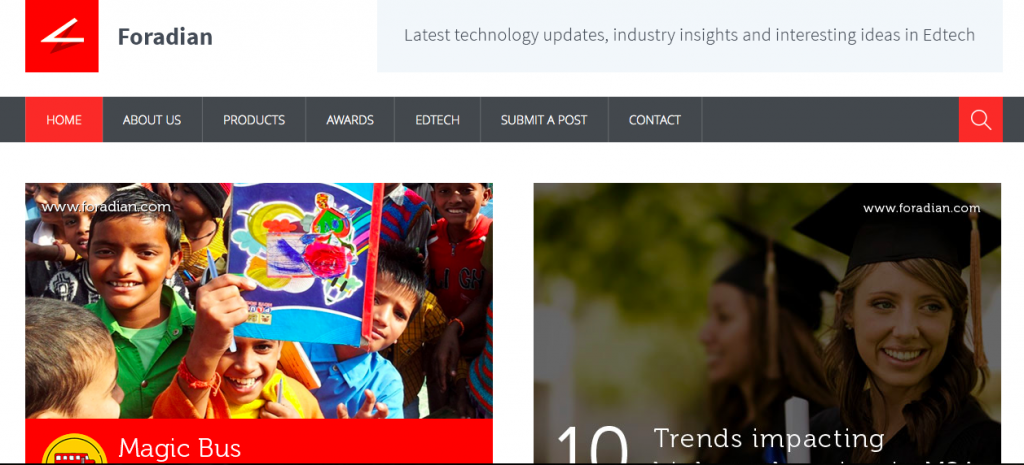
 These technologies can impact an organization’s long-term plans, programs and initiatives. Implementing business process improvements, revenue growth through differentiated products and services, and business expansion are the top business priority areas of investment for Indian organizations.
These technologies can impact an organization’s long-term plans, programs and initiatives. Implementing business process improvements, revenue growth through differentiated products and services, and business expansion are the top business priority areas of investment for Indian organizations. K7 Computing is a leading provider of information security solutions that protect individuals and organizations from IT threats like viruses, malware and hacker attacks. The company, which builds world-class products and competes with global market leaders like McAfee and Symantec, first achieved major success in a foreign market like Japan, where it has a near 28% market share. The Chennai-based firm has now shifted focus to India and is poised to repeat its triumph in the domestic market.
K7 Computing is a leading provider of information security solutions that protect individuals and organizations from IT threats like viruses, malware and hacker attacks. The company, which builds world-class products and competes with global market leaders like McAfee and Symantec, first achieved major success in a foreign market like Japan, where it has a near 28% market share. The Chennai-based firm has now shifted focus to India and is poised to repeat its triumph in the domestic market. When I passed out of class x in 1984-85, I joined a computer programming course during my summer vacation. It was an occurrence that changed my life. I enjoyed programming so much that I decided this is what I wanted to do. System level assembly languages are what interested me most. While both software and hardware were equally exciting, I decided to get into antivirus solutions – more as a challenge to help people facing virus attacks.
When I passed out of class x in 1984-85, I joined a computer programming course during my summer vacation. It was an occurrence that changed my life. I enjoyed programming so much that I decided this is what I wanted to do. System level assembly languages are what interested me most. While both software and hardware were equally exciting, I decided to get into antivirus solutions – more as a challenge to help people facing virus attacks.